Energy Storage and Wind Power
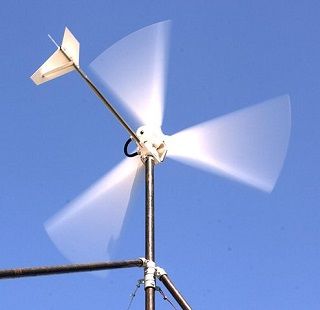
I think the most probable scenario for our energy future is more about large numbers of distributed and interconnected points of solar and wind generation. The fact that the wind isn’t blowing in a certain spot at a certain time means an increased probability that it will be blowing somewhere else.
I also point out that electric transportation, i.e., charging our cars at night (when the wind is blowing hardest and the demand is the least), is a great way to absorb excess wind capacity.

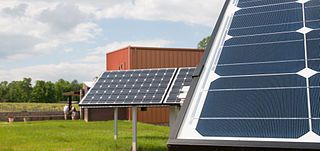
 So, you want a new set of windows and doors. Fine, that seems like a pretty simple decision, but there’s actually a lot to deliberate over. Will you choose cherry or chestnut, bronze or beige? Are you leaning towards traditional trimmings or a glossy modern finish? How about simplicity or sophistication?
So, you want a new set of windows and doors. Fine, that seems like a pretty simple decision, but there’s actually a lot to deliberate over. Will you choose cherry or chestnut, bronze or beige? Are you leaning towards traditional trimmings or a glossy modern finish? How about simplicity or sophistication?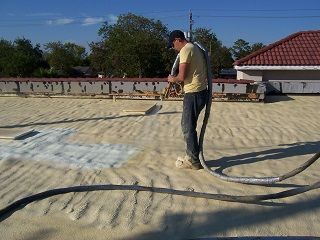 Everyone is looking for ways to save money on energy bills. Compact fluorescent light bulbs, tankless water heaters, water timers for the garden, and more are gaining popularity for they are proven to save money on utility bills. Although most people attribute the energy conservation to a monetary value, it also helps by reducing your dependence on power which is then utilized elsewhere essentially lowering the amount of power that is needed from power plants.
Everyone is looking for ways to save money on energy bills. Compact fluorescent light bulbs, tankless water heaters, water timers for the garden, and more are gaining popularity for they are proven to save money on utility bills. Although most people attribute the energy conservation to a monetary value, it also helps by reducing your dependence on power which is then utilized elsewhere essentially lowering the amount of power that is needed from power plants.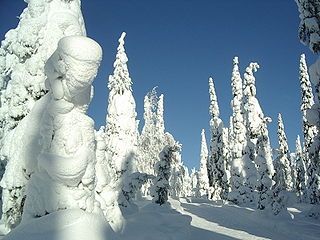 Energy use skyrockets during the winter months. Reducing your energy use not only lowers your bills, it also reduces your carbon footprint. Even small adjustments to your lifestyle can have a big impact on the environment.
Energy use skyrockets during the winter months. Reducing your energy use not only lowers your bills, it also reduces your carbon footprint. Even small adjustments to your lifestyle can have a big impact on the environment.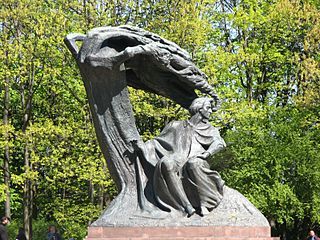 I wish a fond welcome to those participating in the talks on climate change now commencing in Poland – a land I once visited on a business trip. I especially admire that the Poles’ reverence for Frederic Chopin is obvious at every turn, and extremely well placed. Warsaw has a huge statue of Chopin (pictured here) in its main park, even though he was born out in the countryside and moved to Vienna (then to Paris) when he was only 20 years old. Not to digress further, but here’s what I believe to be the greatest piece of music ever written, his
I wish a fond welcome to those participating in the talks on climate change now commencing in Poland – a land I once visited on a business trip. I especially admire that the Poles’ reverence for Frederic Chopin is obvious at every turn, and extremely well placed. Warsaw has a huge statue of Chopin (pictured here) in its main park, even though he was born out in the countryside and moved to Vienna (then to Paris) when he was only 20 years old. Not to digress further, but here’s what I believe to be the greatest piece of music ever written, his  I thought readers would be interested in this piece that my colleague Jim Greenberg from Ocean Thermal Energy Corporation wrote, proposing a connection between
I thought readers would be interested in this piece that my colleague Jim Greenberg from Ocean Thermal Energy Corporation wrote, proposing a connection between  Frequent commenter Tim Kingston sent me this very interesting piece (including a very well-made video at the bottom) on
Frequent commenter Tim Kingston sent me this very interesting piece (including a very well-made video at the bottom) on 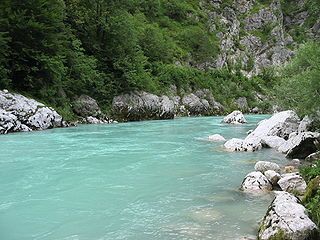 Cause for celebration: as shown in this
Cause for celebration: as shown in this 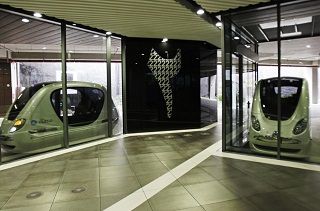 Gary Stark asked me to comment on this intriguing
Gary Stark asked me to comment on this intriguing